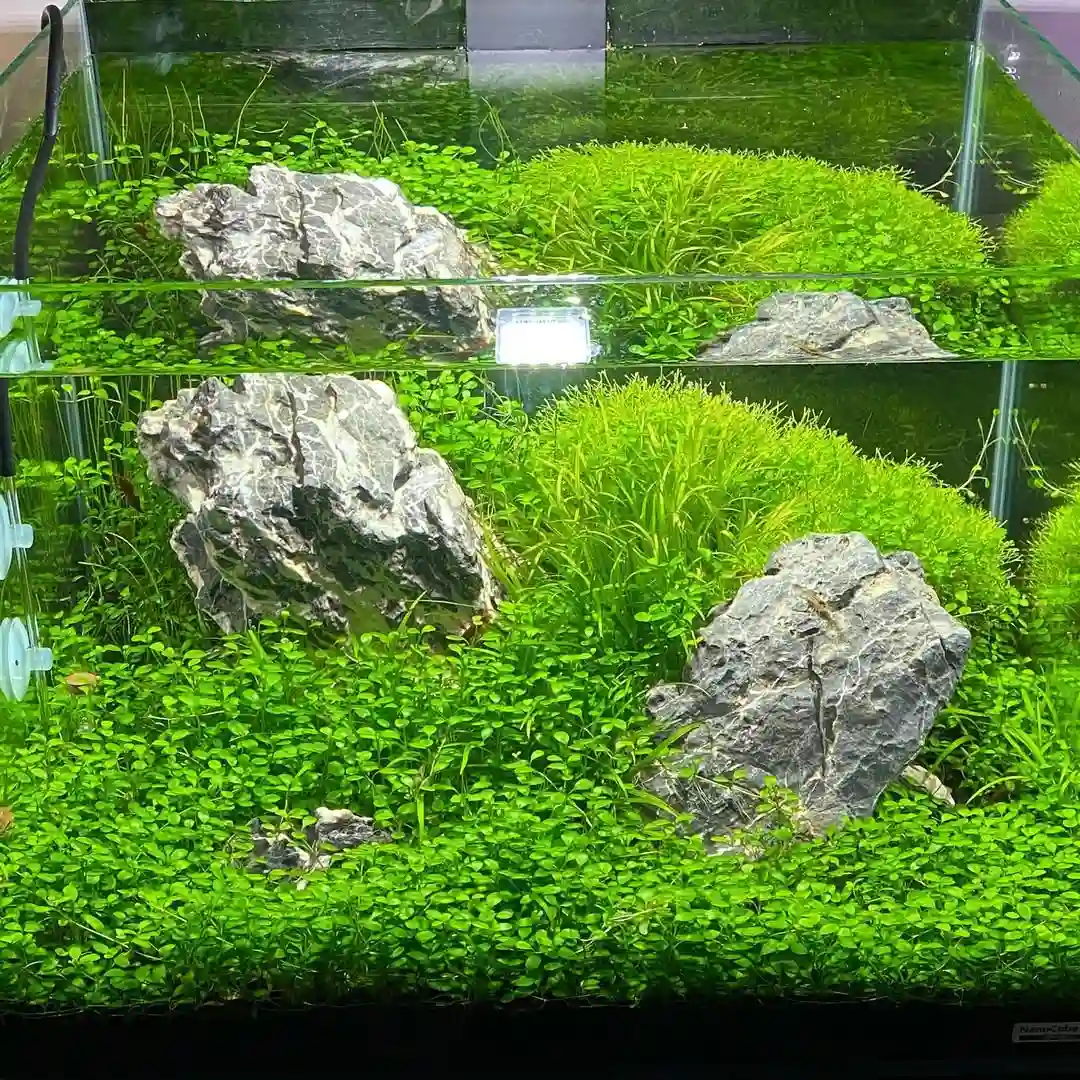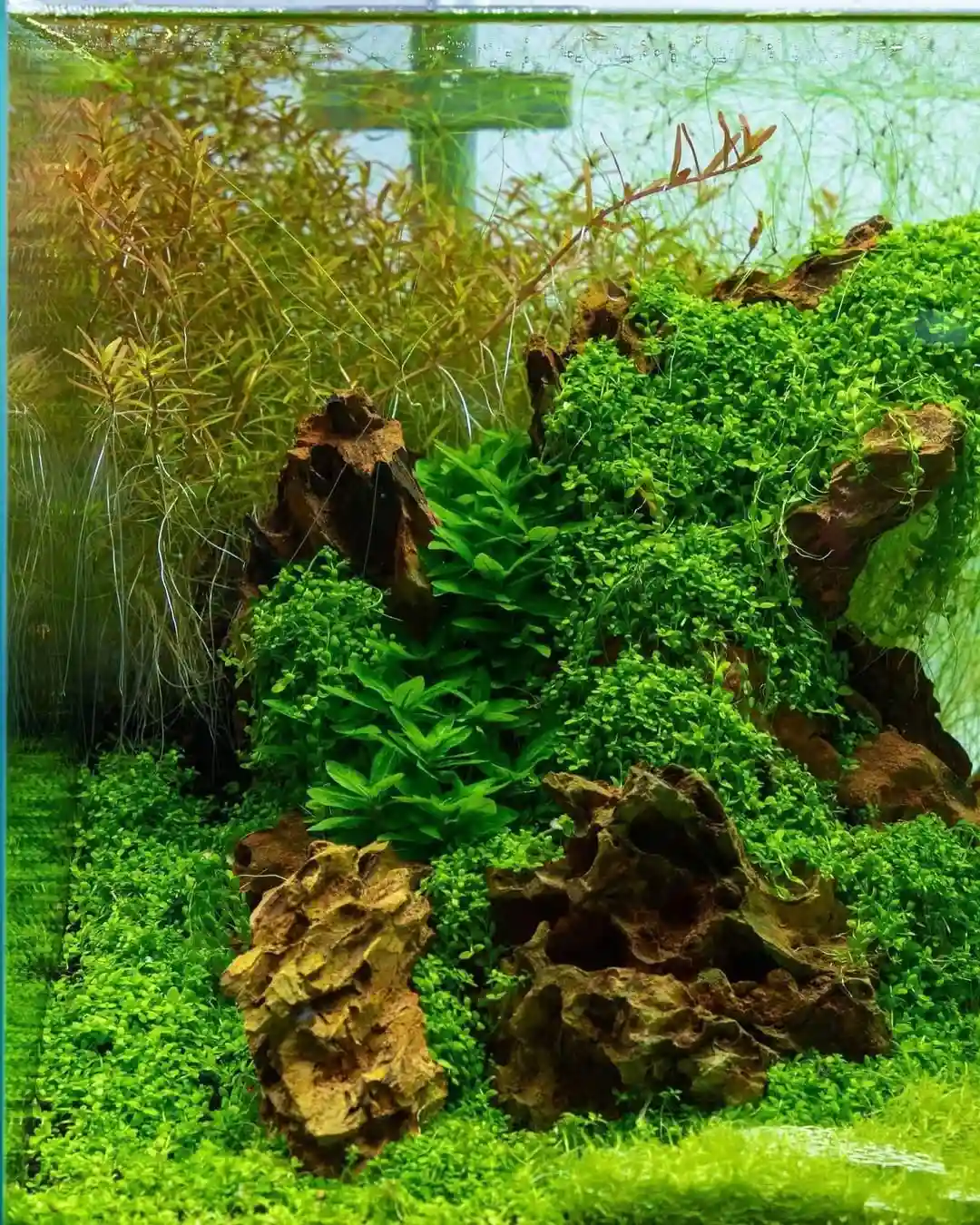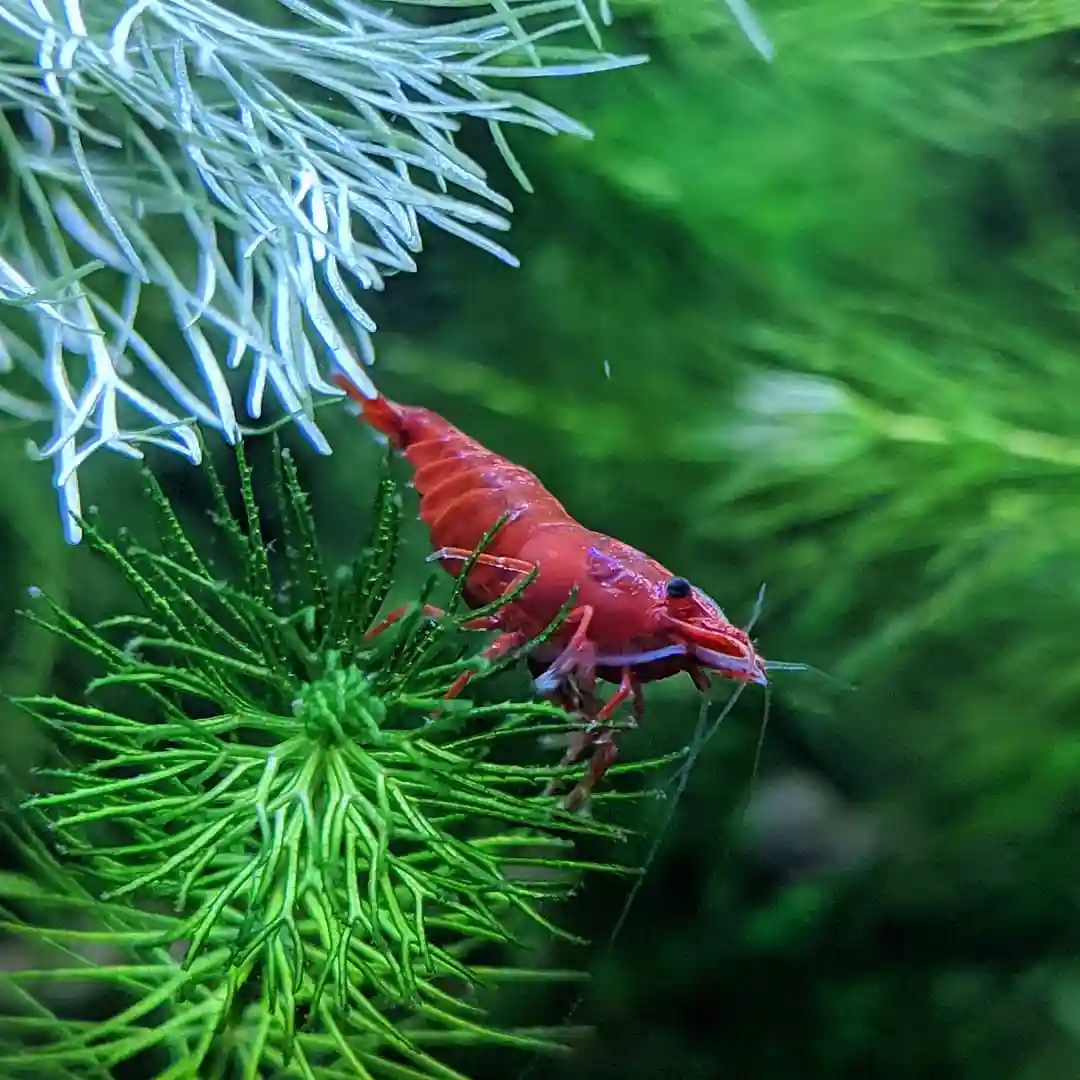Anubias Care: Planting, Growth, Light & Tank Setup Tips
Anubias is one of the most reliable and beginner-friendly aquarium plants you can grow. Known for its thick, dark green leaves and slow growth, Anubias thrives in low-tech tanks and doesn’t need substrate, special lighting, or CO2. It’s ideal for aquascapes, betta tanks, and community setups.
In this guide, we’ll cover everything you need to know to care for Anubias successfully—how to plant it, where to place it, and how to keep it looking healthy.
Also read: Amazon Sword Care and Floating Aquarium Plants for Beginners
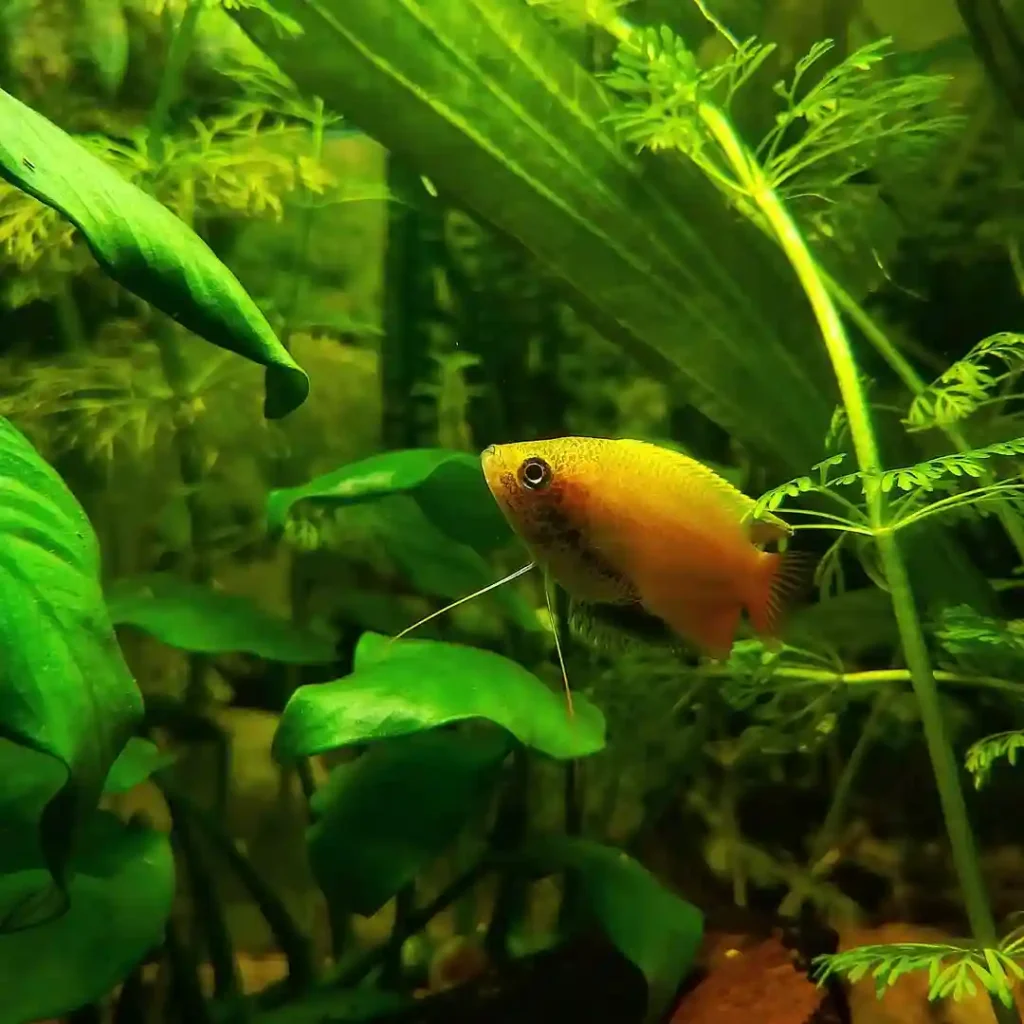
What Is Anubias?
Anubias is a genus of aquatic and semi-aquatic plants native to West Africa. The most popular species in aquariums is Anubias barteri, especially the compact Anubias barteri var. nana.
Quick Facts:
- Scientific Name: Anubias barteri
- Plant Type: Rhizome plant
- Placement: Foreground to midground
- Light Requirement: Low to moderate
- CO2 Needed: No
- Growth Rate: Slow
- Temperature: 72–82°F (22–28°C)
- pH Range: 6.0–7.8
Why Choose Anubias?
- Doesn’t require CO2 or high light
- Can be attached to driftwood or rocks (no substrate needed)
- Extremely hardy—tolerates a wide range of conditions
- Leaves resist nibbling by most herbivorous fish
- Looks beautiful in low-tech and natural tanks
Lighting & Growth
Anubias prefers low to moderate lighting and will thrive under basic LED or fluorescent aquarium lights.
- Too much light can cause algae to grow on its broad leaves
- Grows very slowly—expect new leaves every few weeks
- Ideal for shaded corners or under floating plants
Tip: Avoid intense lighting directly above Anubias to reduce algae growth.
Water Conditions
| Parameter | Ideal Range |
| Temperature | 72–82°F (22–28°C) |
| pH | 6.0–7.8 |
| Hardness | Soft to hard |
Anubias is highly adaptable and can thrive in both soft and moderately hard water. It’s perfect for both tropical and cooler community tanks.
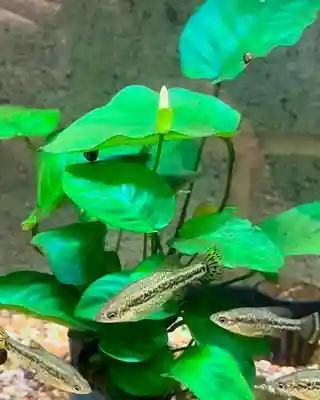
How to Plant Anubias (Without Killing It)
Anubias is a rhizome plant, meaning it must never be buried in substrate.
Planting Methods:
- Attach to driftwood, rocks, or décor using thread, fishing line, or glue
- Place in-between crevices where roots can anchor naturally
- Do not bury the rhizome (the thick horizontal stem), or it may rot
Once attached, roots will grow and anchor the plant on their own.
Fertilization & CO2
- CO2 injection is not required
- Light root feeding needs—benefits slightly from liquid fertilizer
- Optional: Use root tabs nearby if placed in substrate (but not buried)
In low-nutrient tanks, you may notice slower growth but the plant will still survive.
Maintenance & Trimming
- Trim dead or algae-covered leaves at the base
- Use a soft brush or your hand to gently remove algae buildup
- Avoid overhandling the rhizome—it’s sensitive
- Clean leaves if detritus settles
Anubias is extremely slow-growing—don’t be alarmed if it only grows a few leaves per month.
Propagation
Anubias propagates by cutting the rhizome:
- Wait until the plant has several healthy leaves
- Cut a section of the rhizome with 3+ leaves
- Reattach the new section to another surface
- It will continue to grow into a new plant
This makes Anubias easy to multiply and spread across your aquascape over time.
Popular Anubias Types
You can mix different Anubias species in one tank for variety.
- Anubias Nana – compact, great for nano tanks
- Anubias Barteri – larger leaves, ideal for midground
- Anubias Nana Petite – tiny version, perfect for shrimp tanks
- Anubias Coffeefolia – textured leaves with wave patterns
Tank Mates & Placement
Anubias is safe with nearly all freshwater species.
Great Tank Mates:
- Shrimp (Amano, Cherry)
- Snails (Nerite, Mystery)
- Betta fish
- Tetras, Rasboras
- Gouramis
- Corydoras
Avoid:
- Goldfish (may uproot or nibble)
- Large cichlids or plant destroyers
Common Problems & Solutions
Problem: Yellowing or melting leaves
Cause: Nutrient deficiency or transplant shock
Fix: Dose liquid fertilizer and allow time to recover
Problem: Algae growing on leaves
Cause: High light or slow water flow
Fix: Reduce lighting, increase circulation, clean leaves gently
Problem: Rhizome rot
Cause: Burying the rhizome
Fix: Remove and reattach plant to a rock or wood above substrate
FAQs
Can I plant Anubias in gravel?
You can place the roots over gravel, but never bury the rhizome.
Does Anubias need CO2?
No. It grows fine without CO2—just slowly.
Can I grow it in a betta tank?
Yes! Betta fish love resting on Anubias leaves.
Is it safe for shrimp?
Yes. Shrimp love hiding in its leaves and grazing on biofilm.
How fast does Anubias grow?
Very slowly. One new leaf every few weeks is normal.

